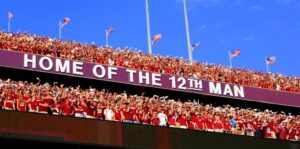5 Attributes Of A World-Class Workforce
There’s a technology-driven revolution happening in HR these days. It’s called self-service and it gives employees more power over their careers. In a nutshell, self-service
There’s a technology-driven revolution happening in HR these days. It’s called self-service and it gives employees more power over their careers. In a nutshell, self-service
Work or life? Nope. There’s no such thing as either/or. The work-life duality is a fallacy. One way or another, we all know, deep down,
What do you want to do with your life? I mean really want to do, not just what you’ve accepted to get by? Many of

Are you selling products to a market? Or are you investing in relationships that will lift your brand? Community counts.

Are you a geek? Your job prospects may be stronger than you think. Here are 5 ways your uniqueness can propel your career